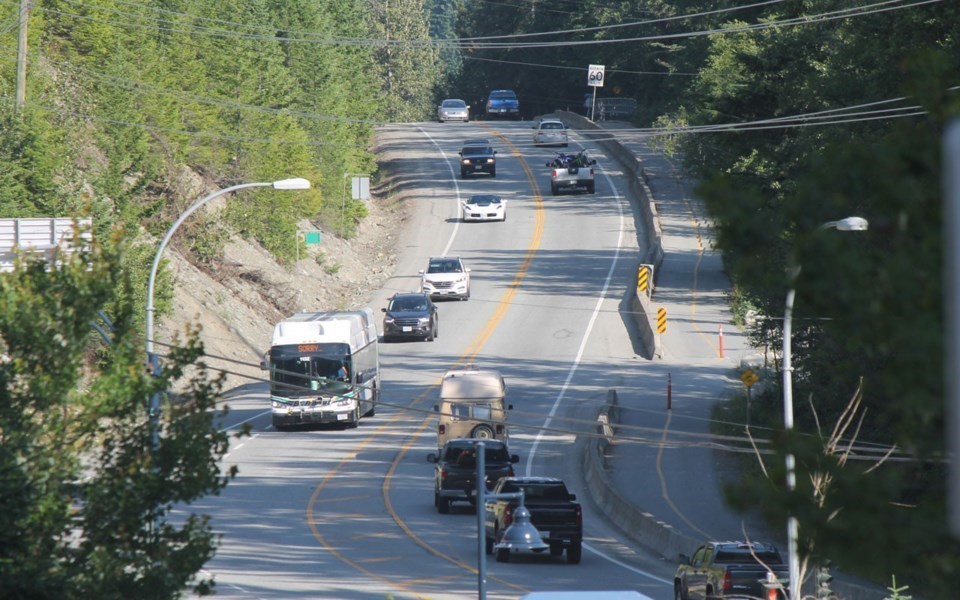E-bikes, counterflow third-highway lanes, speed limits, ridesharing, valley gondolas, autonomous vehicles, high-speed rail, Big Moves—lots of great ideas have been circulating lately about how to solve the traffic problem on the Sea to Sky Highway. Now that the pandemic is behind us and visitors are returning in droves, I appreciate Peter Ladner (“Letter: Whistler should add dedicated bus, taxi, e-bike lane on Highway 99,” Pique, Jan. 12) reminding us about induced demand: if we build it, they will come—more cars, that is, to fill any new highway lanes.
The easiest demand management is our full-time residents who know better than to drive northbound on Friday afternoons and Saturday mornings, and southbound on Saturday and Sunday afternoons and evenings. Most of the rest of the traffic is coming to and from the Sea to Sky and the Lower Mainland—a lot of people need to move between these communities for work and play. They feel best served by private vehicles, and there just isn’t enough highway for all of us to move around that way.
So, what’s the simplest way to reduce the number of vehicles on the road and cut back on congestion, crashes, wait times and highway closures? Regional transit has to be a big part of any solution. Public transit connecting Mount Currie, Pemberton, Whistler, Squamish, Lions Bay, Britannia, Furry Creek and Horseshoe Bay with Metro Vancouver is so clearly and urgently needed. Local governments and First Nations have been advocating for regional transit for years, but don’t have the tools to do it on their own. In Metro Vancouver, an 18.5-cent-per-litre fuel tax funds the TransLink public transit system. Drivers in the Sea to Sky don’t pay this tax, but still pay a similar or higher price for fuel, with no access to regional transit.
Regional transit is a multi-purpose solution that connects communities, reduces road congestion, tackles climate action, increases personal safety, and offers an affordable, equitable transportation solution to residents and workers of the Sea to Sky. After a decade or more of planning, regional transit is still stalled, with no action from the provincial government. It is an important element of an advanced, coordinated region, and it needs to happen now.
So, public pressure is needed once again! The BC Greens are asking West Vancouver-Sea to Sky residents and voters to sign this online petition, expressing your strong support for regional transit in the Sea to Sky, and write to those responsible for making it happen. I really hope this year will be the one—it’s 2023, and it’s time.
[Editor’s Note: Valeriote was the BC Green candidate for West Vancouver-Sea to Sky in the 2020 provincial election, and is a director of the local BC Greens riding association.]



